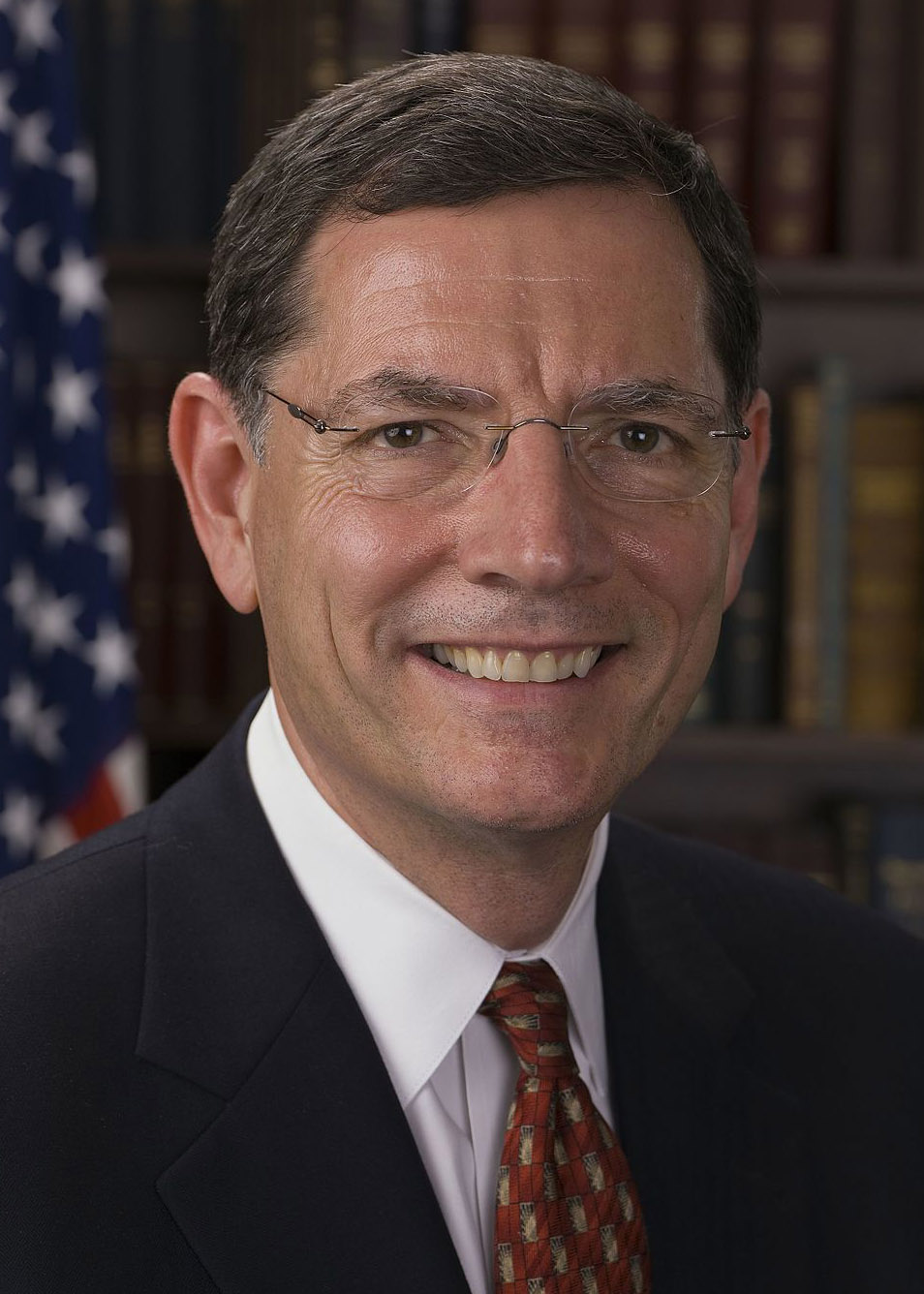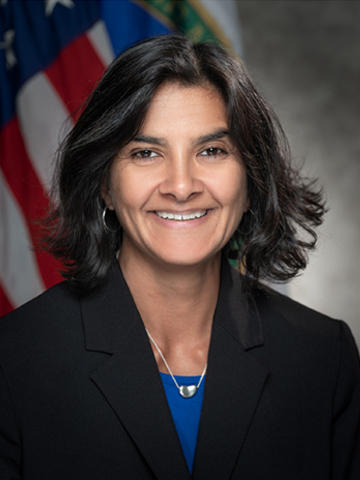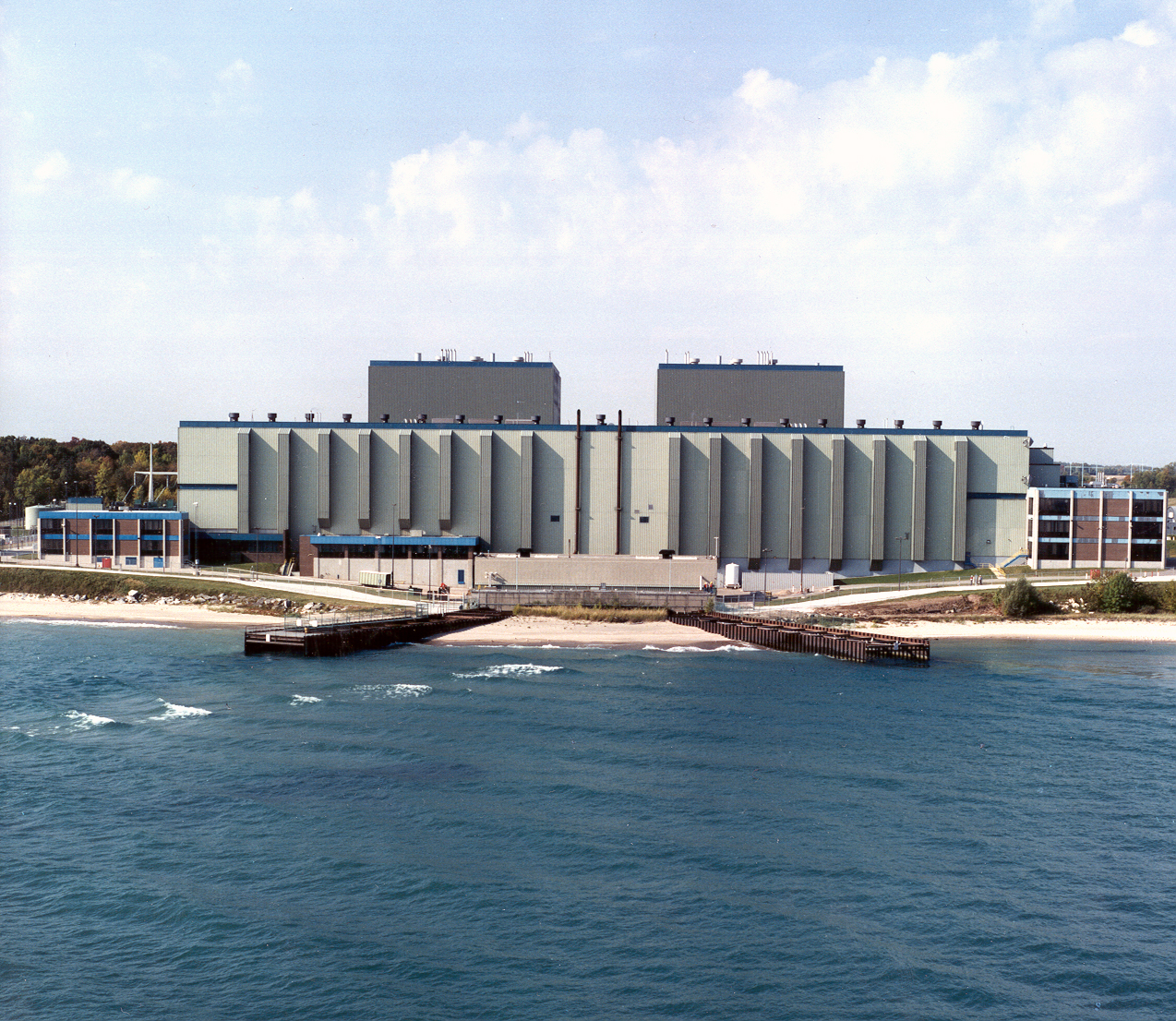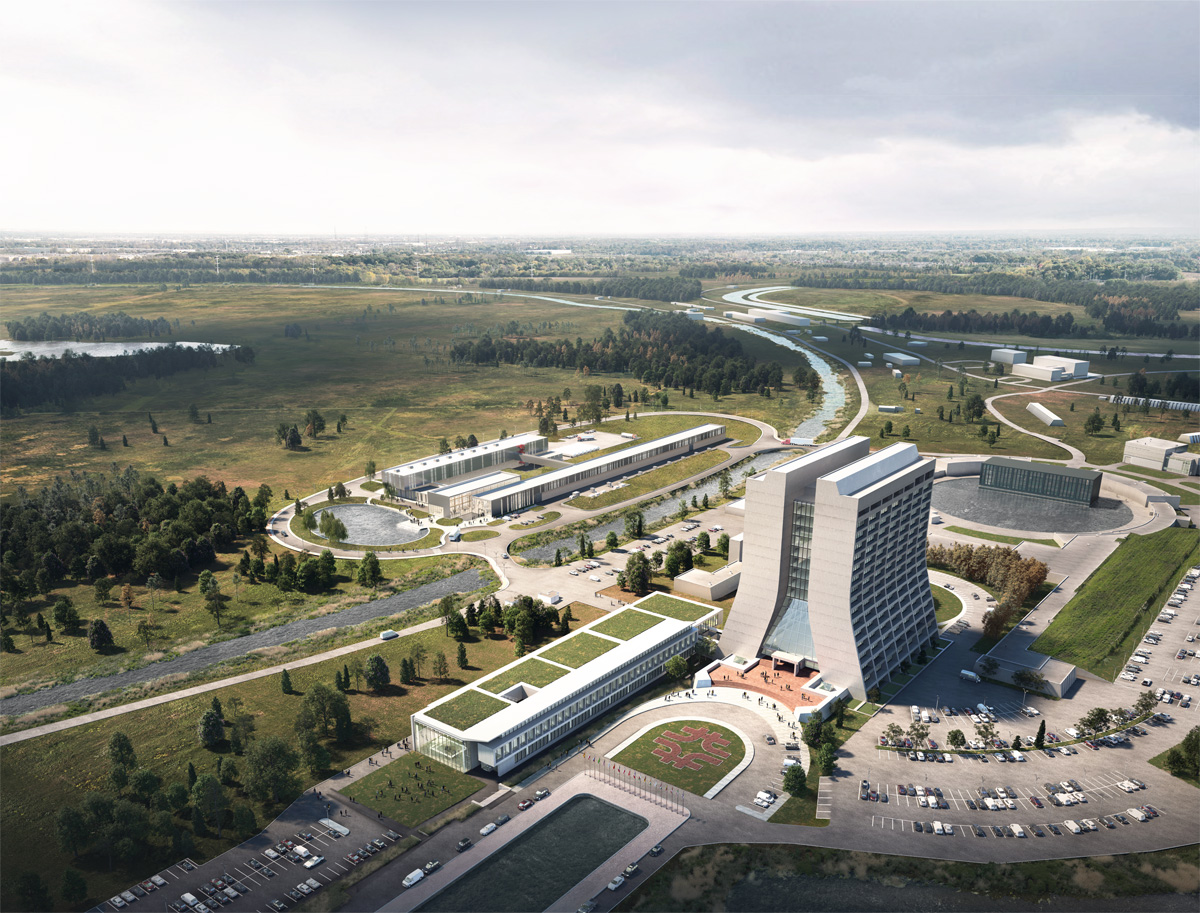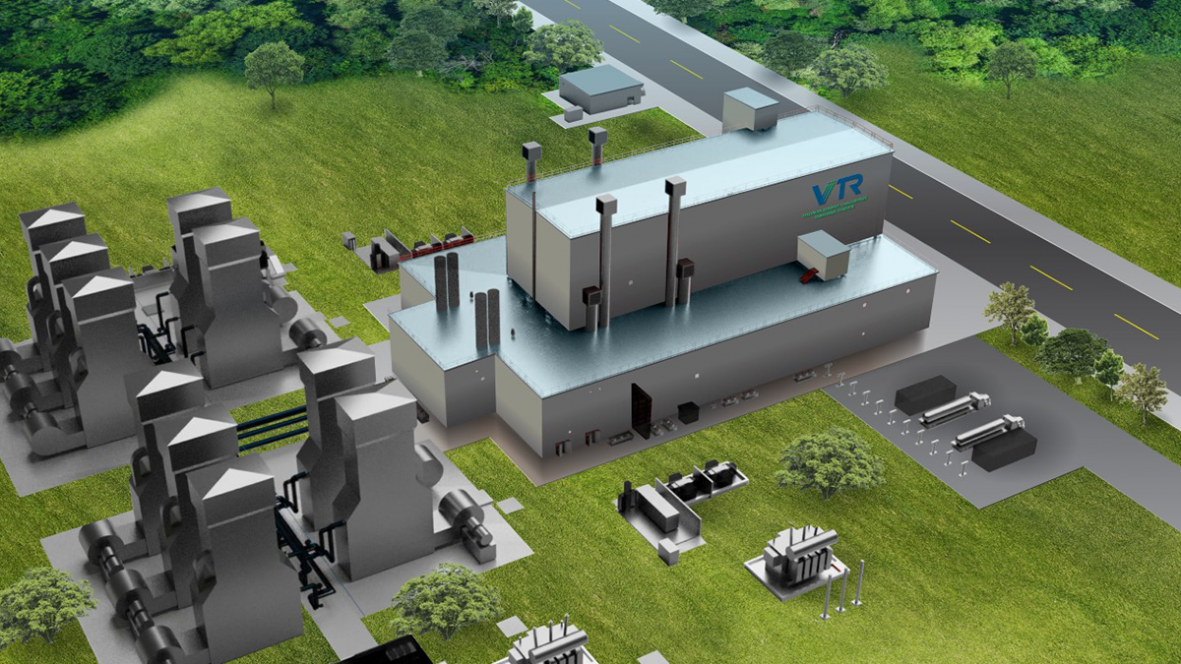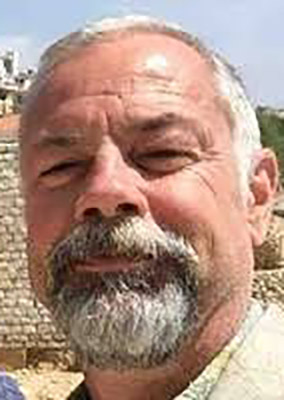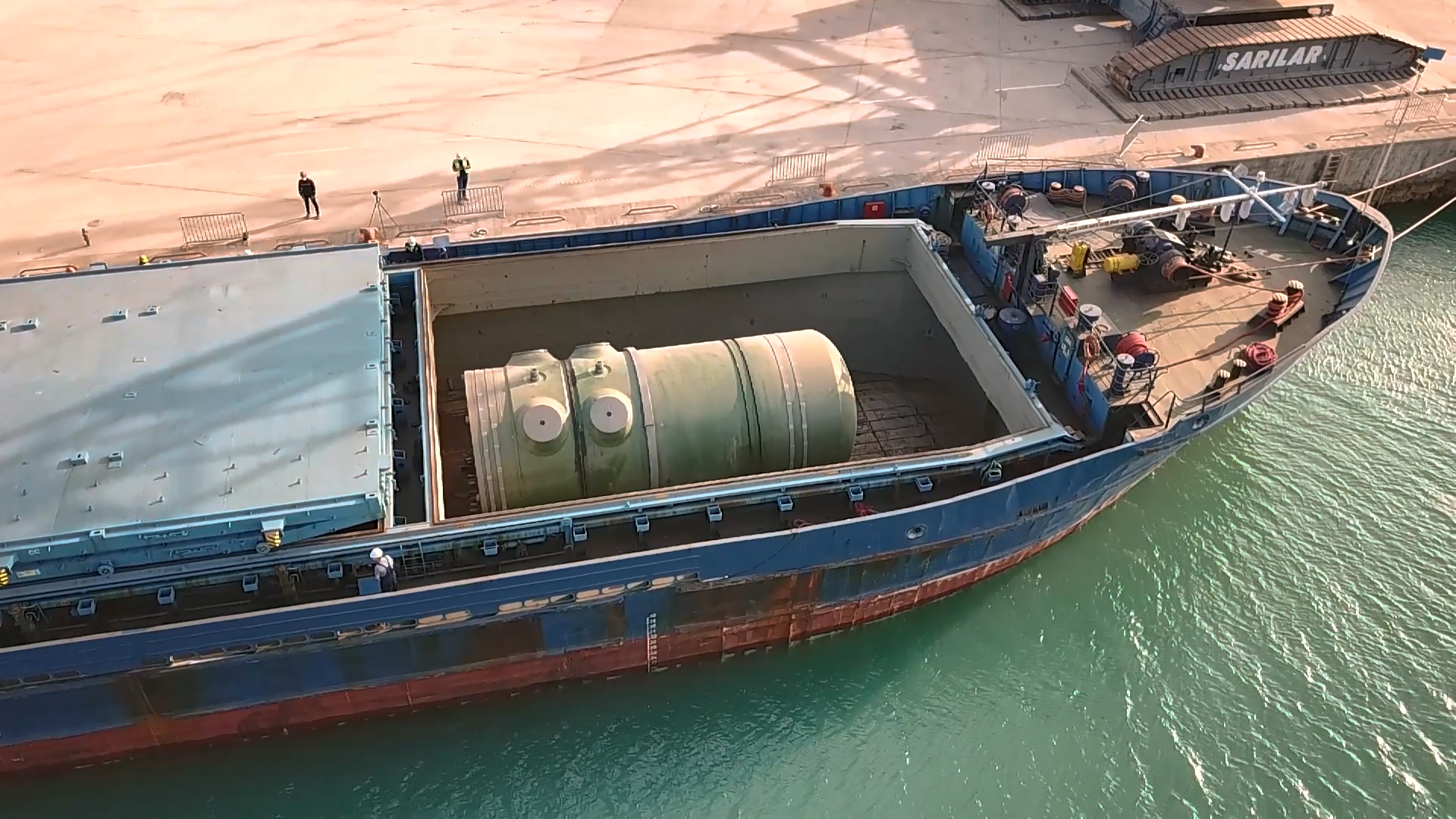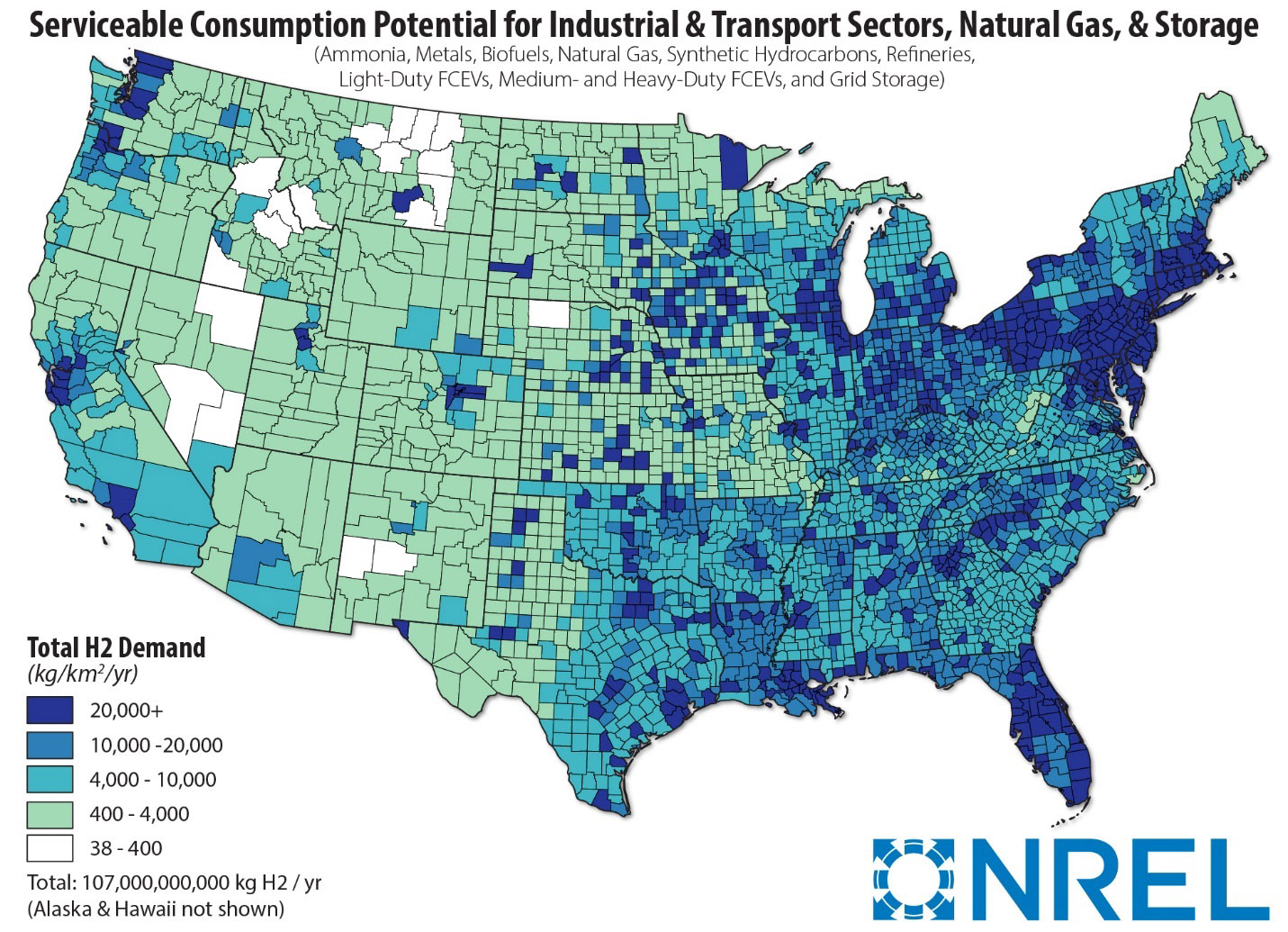
Coble
University support for data analytics: Coble talked about improving nuclear power economics through data-driven decision-making. Operating plants are being shut down, she said, and a big part of the problem is operating and maintenance costs. “How can we make nuclear more economical?” she asked. “The current approach of frequent equipment monitoring works to keep equipment reliability up but does not help with costs.”
Coble said that there is a need for development in sensors and in models and algorithms that mine large data sets. University research and training can help solve identified problems, she said, but while there is a well-developed data set on light-water reactors, equivalent data is not yet available for advanced reactors that operate differently, making it more difficult to set a risk-informed approach.

Kang
New topics: Kang took attendees on a deep dive into the topics that were presented at NPIC-HMIT 2019 and made some predictions for 2021. Control platforms and status identification and decision-making were well represented in 2019, as were newer topics of cybersecurity and wireless communications. In 2019, Kang said, “Operation automation was discussed, but ‘autonomous operation’ was not discussed yet. . . . I expect we will have more papers regarding this issue in the coming conference.”
That is just one of several topics Kang expects to see at the 2021 meeting, because, he said, I&C is a fast-moving area.
Other anticipated topics include the decision-making process between machine learning applications and human operators and practical cybersecurity solutions.
